How to Identify and Treat Compacted Roots in Succulents
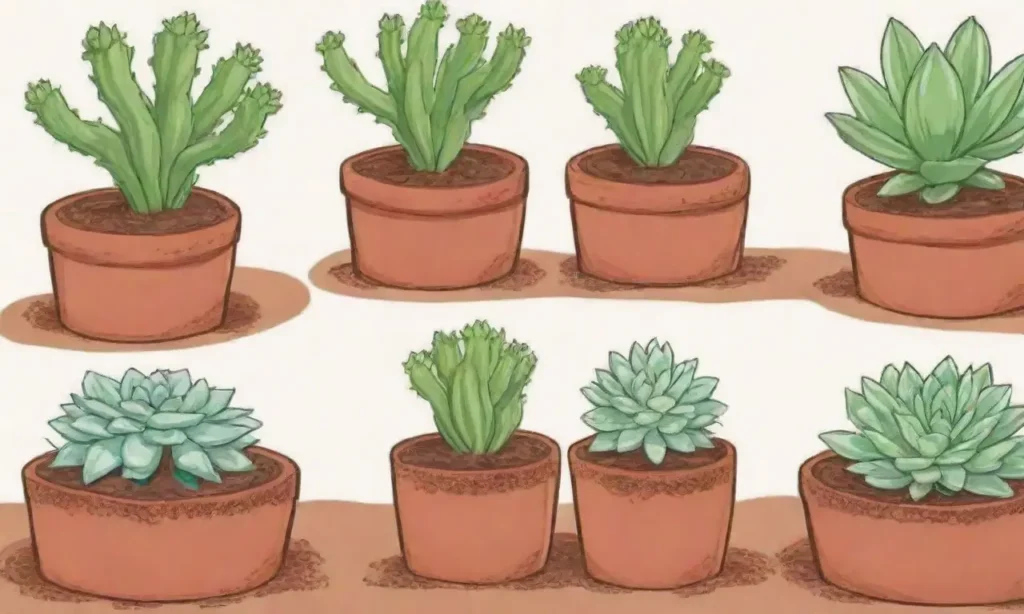
Introduction
Succulents have gained monumental popularity in the world of houseplants over recent years. These beautiful, drought-resistant plants are known for their thick, fleshy parts that store water, making them perfect for indoor gardening in various climates. However, even these resilient plants can face issues that hinder their growth and health. One such problem is compacted roots—a condition that can significantly affect their well-being. In this article, we will explore how to identify compacted roots in succulents, the signs that indicate this issue, and effective treatment methods to restore your treasured plants back to health.
Understanding how to take care of succulents involves a lot more than just watering schedules and sunlight exposure. Many factors contribute to their overall health, and root health is paramount. In the following sections, we will dive deeper into the identification process, various symptoms you may observe, and the methods you can employ to treat compacted roots effectively. We’ll also share additional care tips to prevent such issues in the future.
Recognizing the Signs of Compacted Roots
One of the first challenges that succulent owners face is recognizing when their plants are struggling due to compacted roots. The symptoms may not always be apparent at first glance, which is why a keen eye and a bit of knowledge can help.
Typical Symptoms
One of the most obvious signs of compacted roots in succulents is stunted growth. When a plant is living in cramped conditions, it may struggle to develop new leaves or stems. You'll often notice that your succulent may remain the same size for several months, whereas a healthy plant typically shows signs of growth in that timeframe. If you observe this stagnant growth, it's time to investigate further.
Another sign is yellowing leaves, which are often a result of stress. When roots can’t properly absorb nutrients due to being compacted, the plants may begin pulling nutrients from the lower leaves. This often results in yellowing or wilting leaves, indicating that your succulent may be facing complications. It's essential to pay close attention to the lower leaves; messy, droopy, or mushy leaves can signal deeper root problems.
Finally, you may observe detrimental changes in watering needs. Compacted roots can cause uneven moisture retention in the soil. Initially, you may find yourself overwatering the plant, thinking it requires more hydration, yet it remains parched and dry. Conversely, the drainage issues can also lead to waterlogging, promoting root rot. This back-and-forth in watering can confuse even the most experienced succulent growers.
Checking the Root System
To effectively diagnose the issue, carefully removing the succulent from its pot can offer a glimpse into its root system. The roots of a healthy succulent should look firm, white or light tan, and should not occupy the entire pot in a tight ball, which indicates that they have run out of space. Instead, look for those that branch out and show healthy growth.
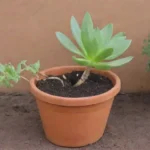 How to Handle Broken or Damaged Succulent Roots Properly
How to Handle Broken or Damaged Succulent Roots ProperlyIf the roots are tightly compacted in a round mass, it’s a clear indicator of root bound conditions. They may have started to spiral around the pot, which restricts their ability to absorb nutrients and water adequately, leading to many of the problems mentioned previously. While observing the roots, check for signs of mold or unusual coloration, as affected roots may appear brown or mushy, indicating root rot.
Treating Compacted Roots Effectively
Now that you've identified the signs of compacted roots, it's time to learn how to treat them. Addressing root compaction often requires three significant steps: repotting, pruning, and adjusting care techniques.
Repotting Your Succulent
The most effective way to treat compacted roots is to repot your succulent into a larger pot with fresh soil. Repotting gives the roots more space to grow and allows for improved moisture retention and drainage. Generally, choose a pot that is a size larger than the previous one; a good thumb rule is to go for a pot that is about 2 inches larger in diameter.
To repot, carefully remove the succulent from its current pot, taking care not to damage the roots in the process. Gently shake off the old soil and examine the root structure. If there are excessively long roots that feel dense and compact, you can selectively prune them with clean, sharp scissors. Trim any dead or mushy roots to avoid further issues down the road.
Once pruned, prepare fresh, well-draining succulent soil by mixing regular potting soil with sand or perlite. Fill the bottom of the new pot with this mix, place your succulent in the center, and fill in around the sides with more soil. Gently pat it down but be cautious not to compact it. After repotting, allow your succulent to rest for a week before watering, giving the plant time to recover from the shock.
Adjusting Care Techniques
Once you have successfully repotted your succulent, it’s time to examine your care routine. Compacted roots can often be a symptom of insufficient care and environmental factors. Review your watering habits; succulents prefer to dry out completely between waterings. In most cases, providing water once every two weeks during growing season can suffice, adjusting frequency based on climate conditions.
Furthermore, make sure you are providing appropriate light conditions. Most succulents thrive in bright, indirect sunlight for several hours a day. Too little light can stunt growth and lead to imbalances, while excessive direct sunlight can scorch the leaves. Ensure you are balancing the sun exposure according to the specific needs of your succulent species.
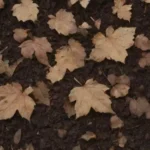 Signs of Rotting Roots in Succulents and How to Address It
Signs of Rotting Roots in Succulents and How to Address ItLastly, keep an eye on your fertilization schedule. Succulents do not require extensive fertilizing, but during their growing season, a diluted liquid fertilizer can provide essential nutrients that promote root growth. Avoid using fertilizer during the dormant winter months, as this can lead to more complications.
Preventing Compacted Roots in the Future
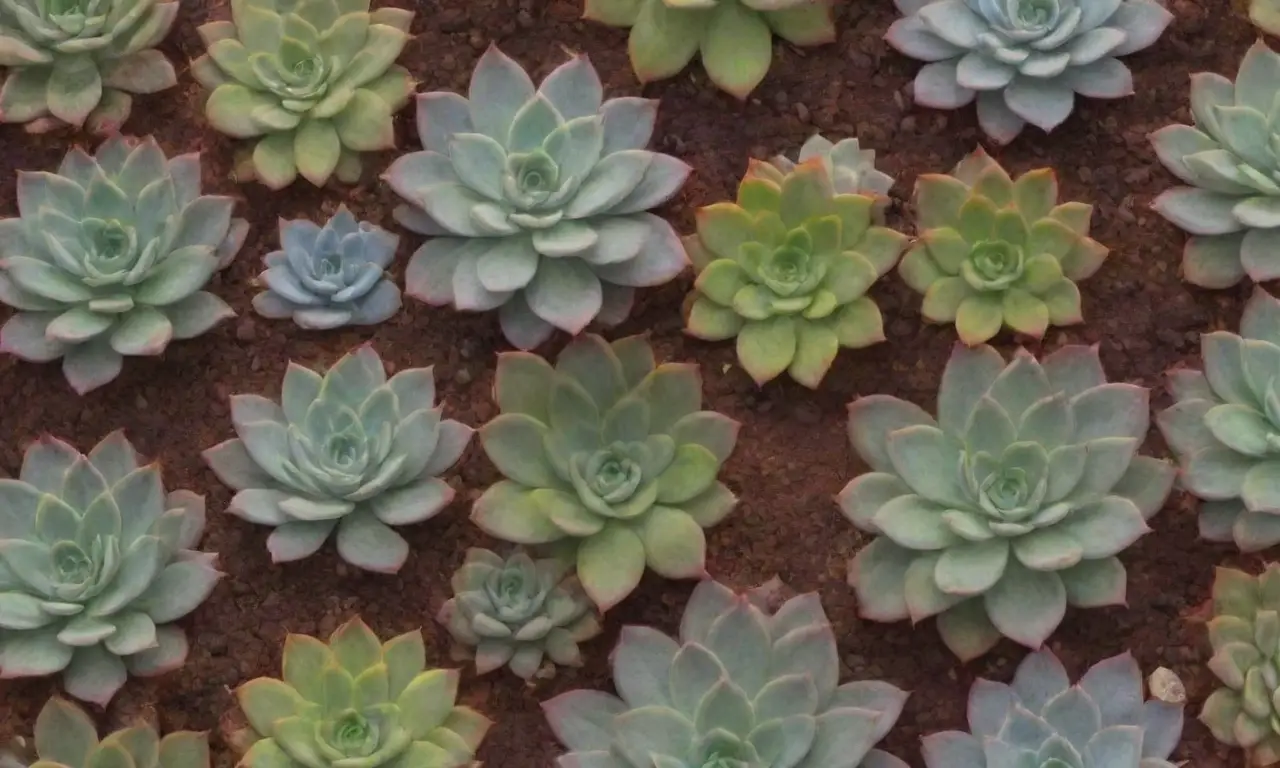
Once you've treated compacted roots, it's essential to develop a robust care routine that helps prevent recurrence of the issue. Several proactive strategies can aid in ensuring your succulents thrive in their environment.
Choosing the Right Soil
Proper soil composition is a key factor in preventing root compaction. Always opt for a well-draining potting mix specifically designed for succulents and cacti. These types of soil blends usually contain sand, perlite, or other materials that provide excellent drainage, reducing the chances of moisture retention that can suffocate roots.
If you're inclined to make your own soil mix, combine equal parts of regular potting mix, coarse sand, and perlite. This blend allows for proper aeration and drainage, creating an ideal environment for root development. Ensure the mix is well-aerated, as compaction can occur if the soil settles too firmly over time.
Regular Monitoring and Maintenance
To catch issues early on, it’s crucial to check your plants regularly. Observe for changes in growth, moisture in the soil, or discoloration in the leaves. By doing so, you can make timely interventions before your succulent faces more significant health problems. Don’t hesitate to intervene by repotting or adjusting care techniques if the roots begin to show signs of tightening up again.
Keeping a consistent watering schedule, checking for drainage holes, and monitoring the conditions of the pot can all contribute to the long-term health of your succulent. Seasonal checks can help maintain the balance between growth phases and dormancy, allowing you to identify any root issues well in advance.
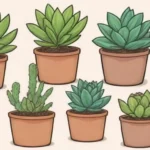 Guidelines for Checking the Root Health of Potted Succulents
Guidelines for Checking the Root Health of Potted SucculentsSeasonal Considerations
Seasonality can also play a key role in preventing root compaction. During the growing season, your succulents need slightly more water and nutrient support than in winter. However, make necessary adjustments as the seasons change. Each climate and household environment may require unique care; understanding the light and humidity levels in your home can dictate how best to care for your plants in every seasonal cycle.
Consider grouping your succulents according to their needs, making it easier to manage similar watering schedules and lighting. This arrangement will enable you to observe changes in your plants and respond to their requirements efficiently.
Conclusion
Compacted roots can create serious issues for your beloved succulents, stunting their growth and causing noticeable distress. However, by understanding the signs and symptoms of root compaction, you can treat the issue effectively and take steps to ensure it doesn’t recur. With proper care and preventive measures, your succulents can thrive and continue to brighten your space for years to come.
As a lover of succulents, remember that root health is just a piece of the puzzle. Ultimately, by adopting a holistic approach to care that includes the right pot, well-draining soil, proper watering techniques, and attentive monitoring, you can foster an environment where your succulents flourish without the risk of root compaction. Adapting your care routine to meet their changing needs will not only enhance their beauty but will reward you with a sense of accomplishment as you successfully nurture these resilient, stunning plants.
If you want to read more articles similar to How to Identify and Treat Compacted Roots in Succulents, you can visit the Establishing Root Systems category.
